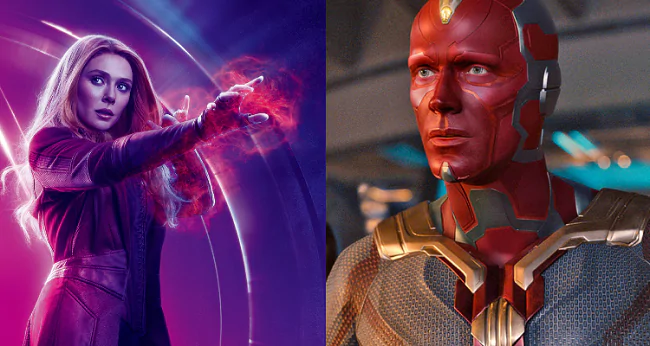‘Baby’: A Dark Silent Fable About Motherhood Lost In A Sea Of symbols

One need only take a brief look at his varied filmography to come to the conclusion that Juanma Bajo Ulloa is one of the most unique filmmakers on the Spanish film scene; treasuring in his list of credits titles as diverse as the extraordinary and festive ‘Airbag’, or two first feature films as risky and personal as ‘Butterfly Wings’ and, above all, ‘The Dead Mother’.
It is precise with these last two works that ‘Baby’, his return to fiction five years after the premiere of the forgettable ‘Rey gitano’, shares the vast majority of his genetic code; offering the respectable a dark fable halfway between the gothic horror tale and video art that finds its greatest claim in the total absence of dialogue.
This formal leitmotif, added to a dense and lengthy narrative, which transforms simple mechanisms into passages with a strong lyrical charge, turns the Basque filmmaker’s latest in a production destined to polarize an audience that will embrace his risky proposal, falling asleep before it or that, on the contrary, he will experience a tremendous rejection of his arrhythmia, his repetitive repertoire of symbolisms and a strange feeling of self-infatuation.
The Dangers Of The Second Act
There is no doubt that the first bars of ‘Baby’ manage to catch up to almost bordering on hypnotism with its unhealthy atmosphere and its accurate exposition of the main conflict without any use of the word. The cry of a newborn is transformed into a kind of undesirable mantra that is introduced under the skin while the accurate staging and precise and calculated planning to the millimeter transmit all the information necessary to understand the drama and become interested in the ill-fated protagonist.
Now not only wrapped but also reinforced to unsuspected limits by the remarkable —although somewhat excessive and incessant soundtrack by Bingen Mendizábal and Koldo Uriarte, the visual treatment of the film complements the narration with its poetic will, capable of extracting a certain beauty even one of the most grotesque images, it drives the story despite the redundancy of a montage that is recreated in metaphors and portraits of fauna and flora.
Unfortunately, once we abandon the estimable first act and plunge into the swampy waters of the second, ‘Baby’ stagnates by transforming the existential drama of its protagonist into a kind of cat and mouse game that expands to occupy too much of a part great of the already bulky footage of the film. This, which should not be too much of a problem, ends up becoming one by using too common resources and repeating situations until almost breaking the dense atmosphere that manages to emerge at specific moments.
Fortunately, despite the progressive loss of tension and the flirtation with boredom in the face of the lack of a narrative escalation that captures and maintains levels of attention, it is in this central block that the seams of the great can be least perceived. the distinctive sign of the film; a somewhat forced silence in some scenes in which the omission of verbal communication is almost unnatural, but which is not lacking thanks to Ulloa’s mastery of the camera and language.
With ‘Baby’, and its grim fable about motherhood, death, and human trafficking, we find ourselves before one of those feature films that dazzle more for its formal rarity and for its aesthetic commitment than for a real capacity to connect with the stalls. Despite its artistic benefits, what is new about Bajo Ulloa, once the impact of its sound treatment has been overcome and after seeing its final credits, ends up revealing itself as much more convenient than one might expect in the first instance.






